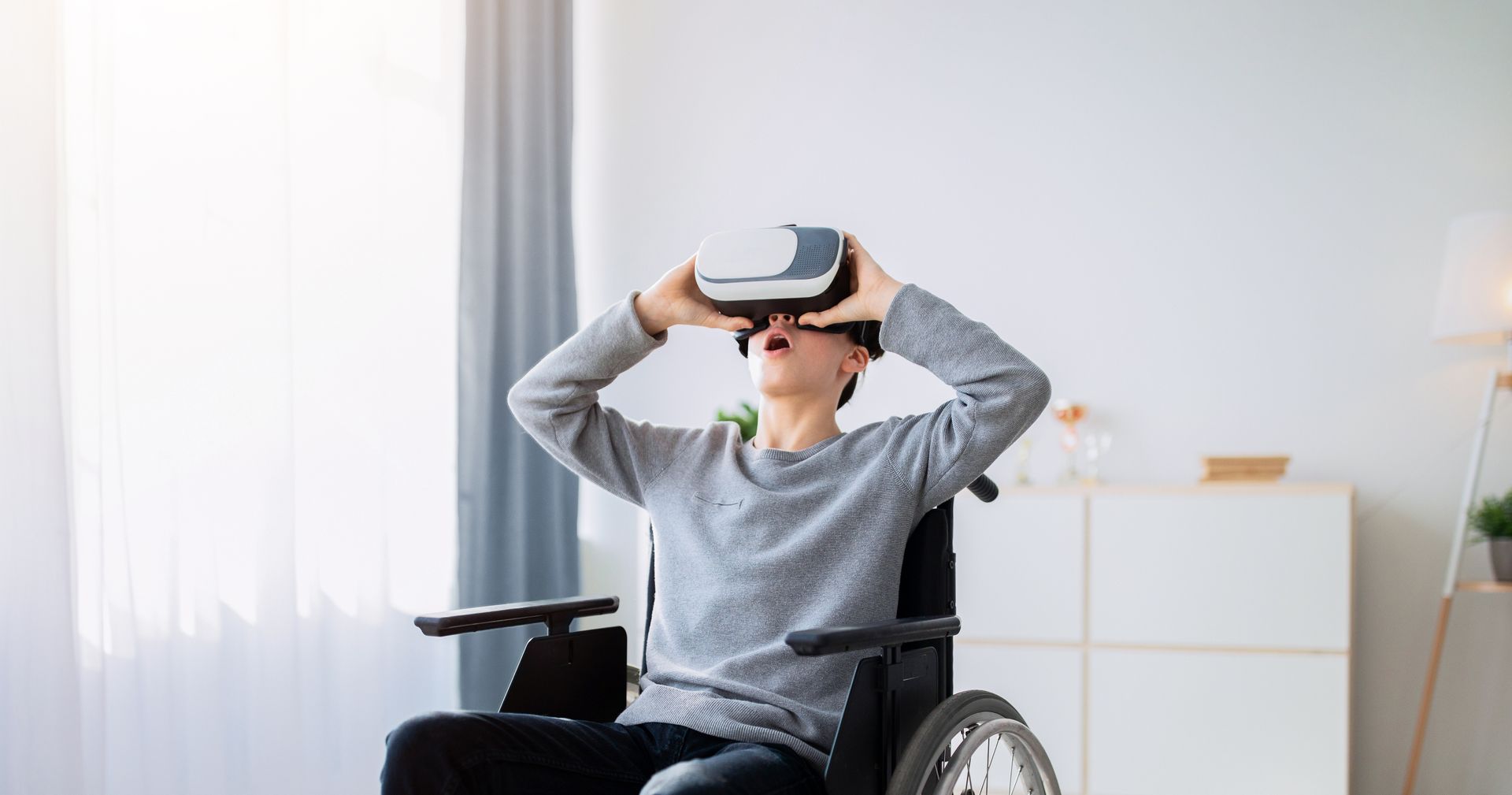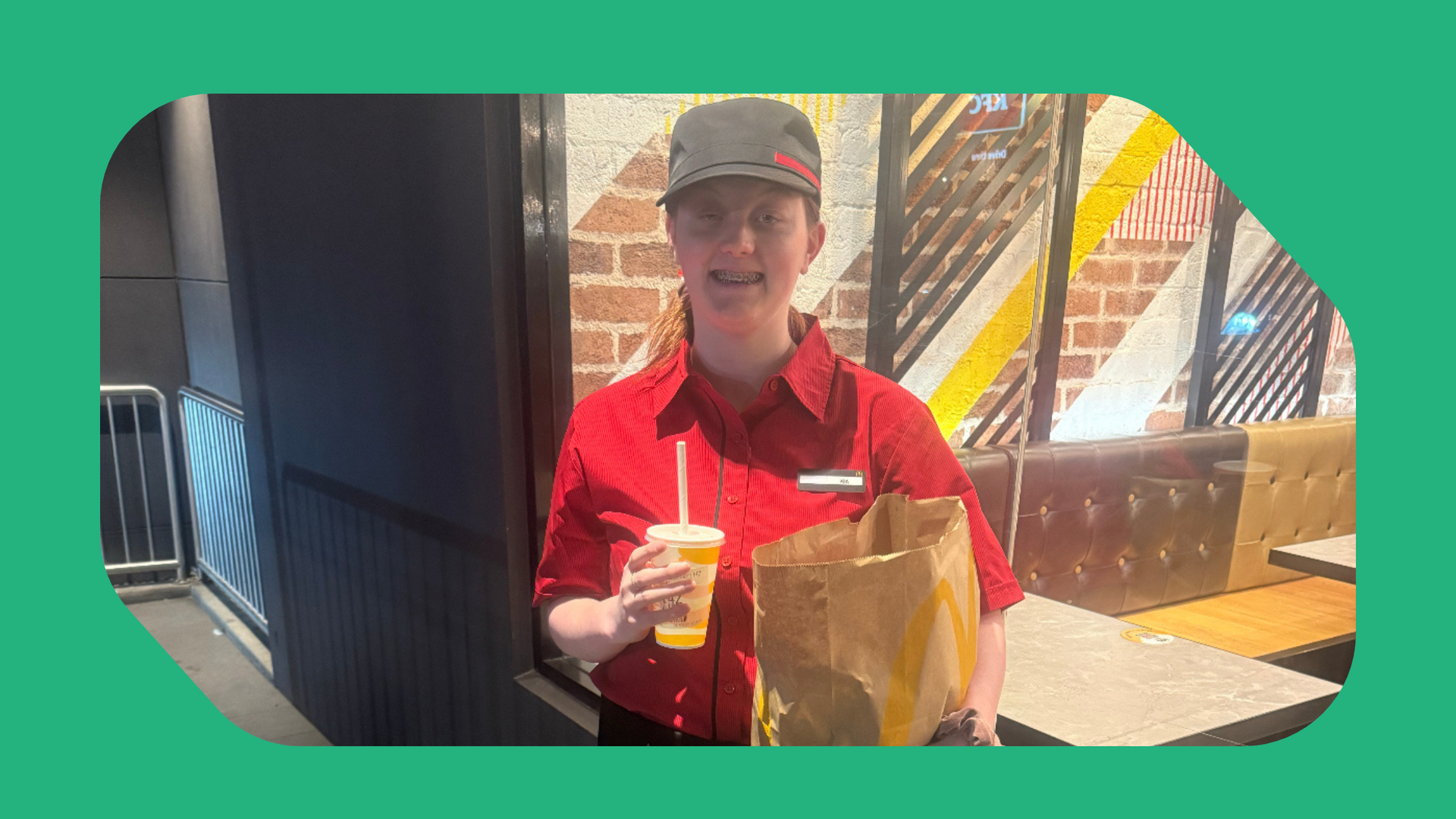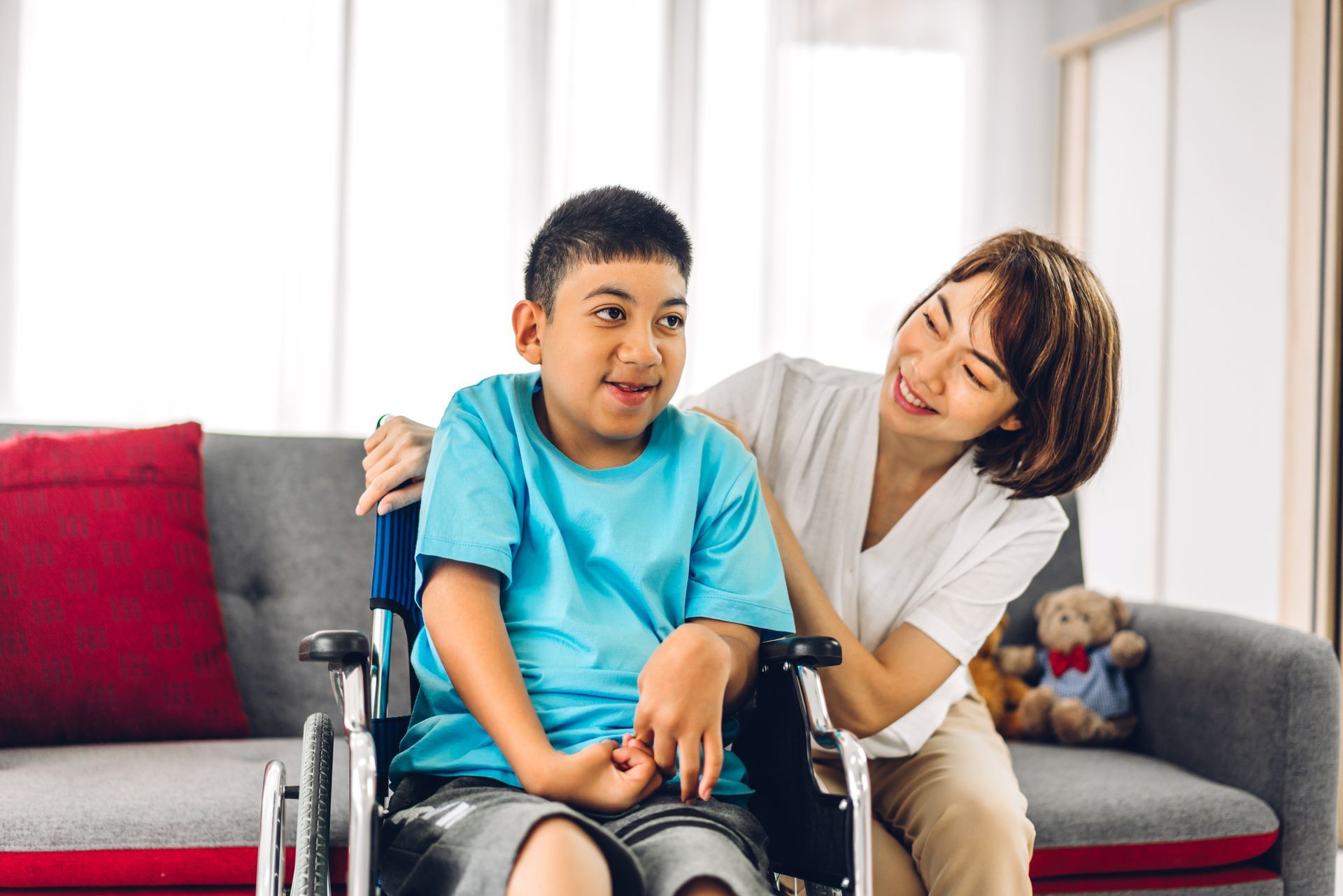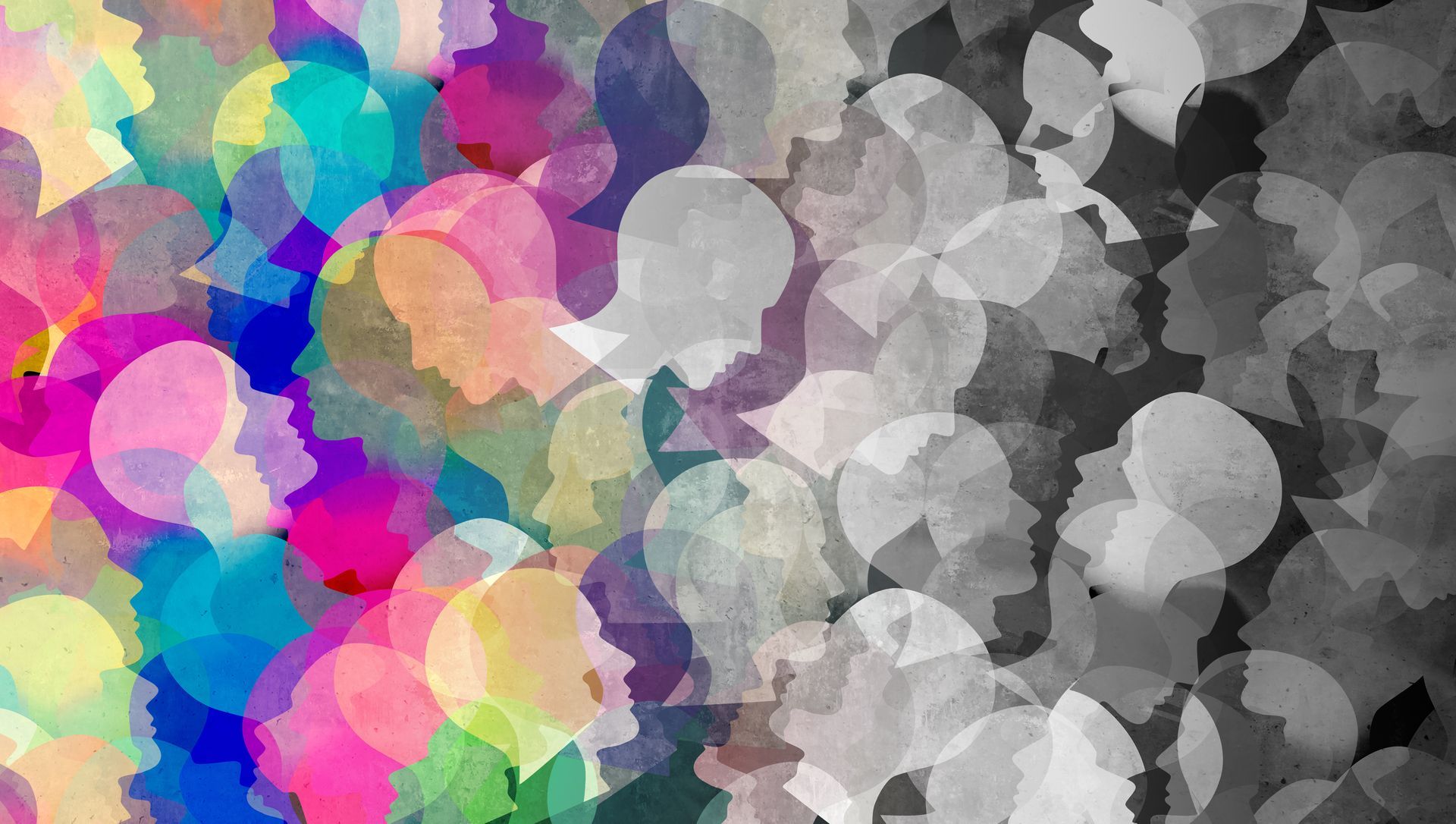Beyond Zoom: How AR And VR Are Transforming Accessibility In Allied Health And NDIS Services

The pandemic made video calls a normal part of healthcare. But while platforms like Zoom and Teams have made it easier to connect remotely, the next wave of technology is already here — and it’s taking accessibility, therapy, and learning to a whole new level.
Augmented reality (AR) and virtual reality (VR) are no longer just for gaming. They’re emerging as powerful tools in allied health, helping people with disability build skills, increase independence, and access therapy in ways that weren’t possible before.
What Are AR And VR?
- AR overlays digital information onto the real world using devices like smartphones, tablets, or AR glasses.
- VR creates a fully immersive, computer-generated environment that you can interact with using a headset.
Both offer sensory-rich, interactive experiences that can be adapted to the unique needs of NDIS participants.
Why It Matters For NDIS Participants
- Breaking Down Location Barriers
With AR/VR, participants in remote or regional areas can access the same quality of therapy as someone in a city — without the cost and fatigue of travel. - Creating Safe Spaces For Skill-Building
VR environments let people practise real-life situations — from crossing a busy street to navigating public transport — in a controlled, risk-free space. - Making Therapy Engaging
Interactive 3D experiences can boost motivation and participation, particularly for neurodivergent participants or those with attention difficulties. - Customising To Individual Needs
Therapists can adjust difficulty levels, sensory input, and pace, making sessions more personalised than traditional formats.
Current And Emerging Uses In Allied Health
- Physiotherapy And Rehabilitation: VR programs guiding participants through exercises with visual feedback to improve form and motivation.
- Occupational Therapy: Simulating daily activities like cooking, shopping, or workplace tasks to build independence.
- Speech Therapy: AR tools that use visual prompts and interactive games to support language development.
- Psychology And Behaviour Support: VR exposure therapy to gradually reduce anxiety in triggering environments.
- Assistive Technology Training: AR guidance for learning how to use mobility devices, communication aids, or smart home systems.
The Challenges We Need To Address
Like any new approach, there are hurdles:
- Cost: High-quality headsets and software can be expensive.
- Accessibility: Some devices may not be suited to participants with sensory sensitivities or certain physical limitations.
- Training: Therapists need to build confidence in using these tools effectively.
- Evidence Base: Research is promising, but we need more long-term data to ensure best practice.
AR/VR As Part Of A Bigger Digital Shift
While AR and VR are transforming how participants experience therapy and how staff learn, they are part of a broader digital ecosystem already reshaping NDIS and aged care.
- AI-powered tools are reducing the admin burden, supporting compliance, and detecting risks before they escalate — allowing care teams to spend more time with participants.
- Wearables are providing real-time health data, enabling early intervention and truly personalised care planning.
- Smarter systems are streamlining operations, consolidating records, and tailoring support at scale.
Together, these innovations complement AR/VR by creating a more responsive, efficient, and human-centred approach to care. For participants, that means more personalised and proactive support. For providers, it means stronger outcomes, less paperwork, and better-prepared teams.
What This Means For The Future Of Allied Health
If we can address these challenges, AR and VR could make therapy more inclusive, engaging, and outcomes-focused, especially for participants who face physical, sensory, or geographic barriers. In the coming years, we’re likely to see:
- More funding pathways for tech-enabled therapy under the NDIS.
- Greater integration between telehealth and immersive tools.
- A stronger evidence base showing where AR/VR offers the biggest impact.
Where helpz Fits In
At helpz, we believe innovation should serve the person and not the other way around. Whether we’re supporting someone in-person or exploring new tech options, our focus is on making therapy meaningful, accessible, and tailored to individual goals.
Final Thought
AR and VR won’t replace the human connection at the heart of allied health. But they can open new doors, helping NDIS participants experience, practise, and achieve more than they ever thought possible — all from wherever they are.
News & Insights
Check Our Latest Resources







